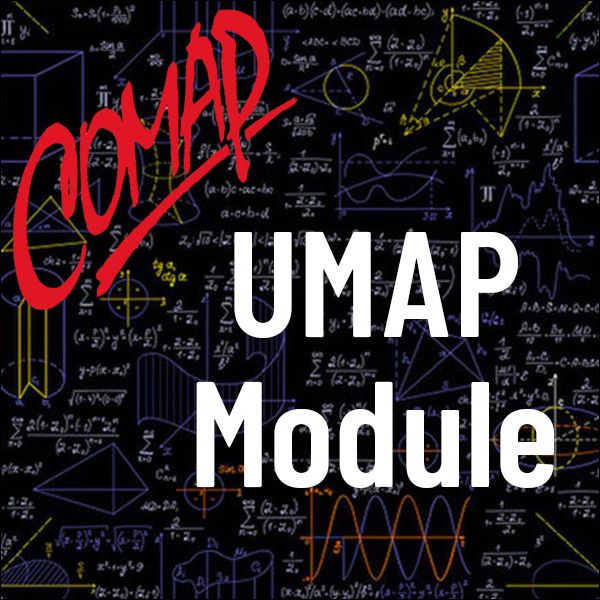Design of Simple Power Supplied Using Fourier Series (UMAP)
Author: John S. Robertson
This module discusses the components of a typical power supply that uses household electricity. A simple mathematical model is used to represent the time-varying voltage inside the power supply. The concepts of mean and root-mean-square voltages are introduced. Fourier series are used to examine the output of a full-wave rectifier. The Fourier coefficients represent voltage levels of constant or sinusoidal voltage signals that can be realized as output through the proper selection of filters. Applications of Fourier series to other types of power supplies are briefly discussed.
Table of Contents:
INTRODUCTION
MODELING VOLTAGES
Direct Current (DC) and Alternating Current (AC)
Household AC
HOW POWER SUPPLIES WORK
Transformer
Rectifier
Filter
Other Components
ANALYSIS OF RECTIFIER OUTPUT
Thinking About Fourier Series
Calculation of the Fourier Coefficients
What's Really in the Rectifier Output
DESIGNING THE POWER SUPPLY
Identification of Needs
Selection of Filters
Other Possibilities
CONCLUSION
ANSWERS TO EXERCISES
REFERENCES
ABOUT THE AUTHOR

Mathematics Topics:
Application Areas:
Prerequisites:
You must have a Full Membership to download this resource.
If you're already a member, login here.